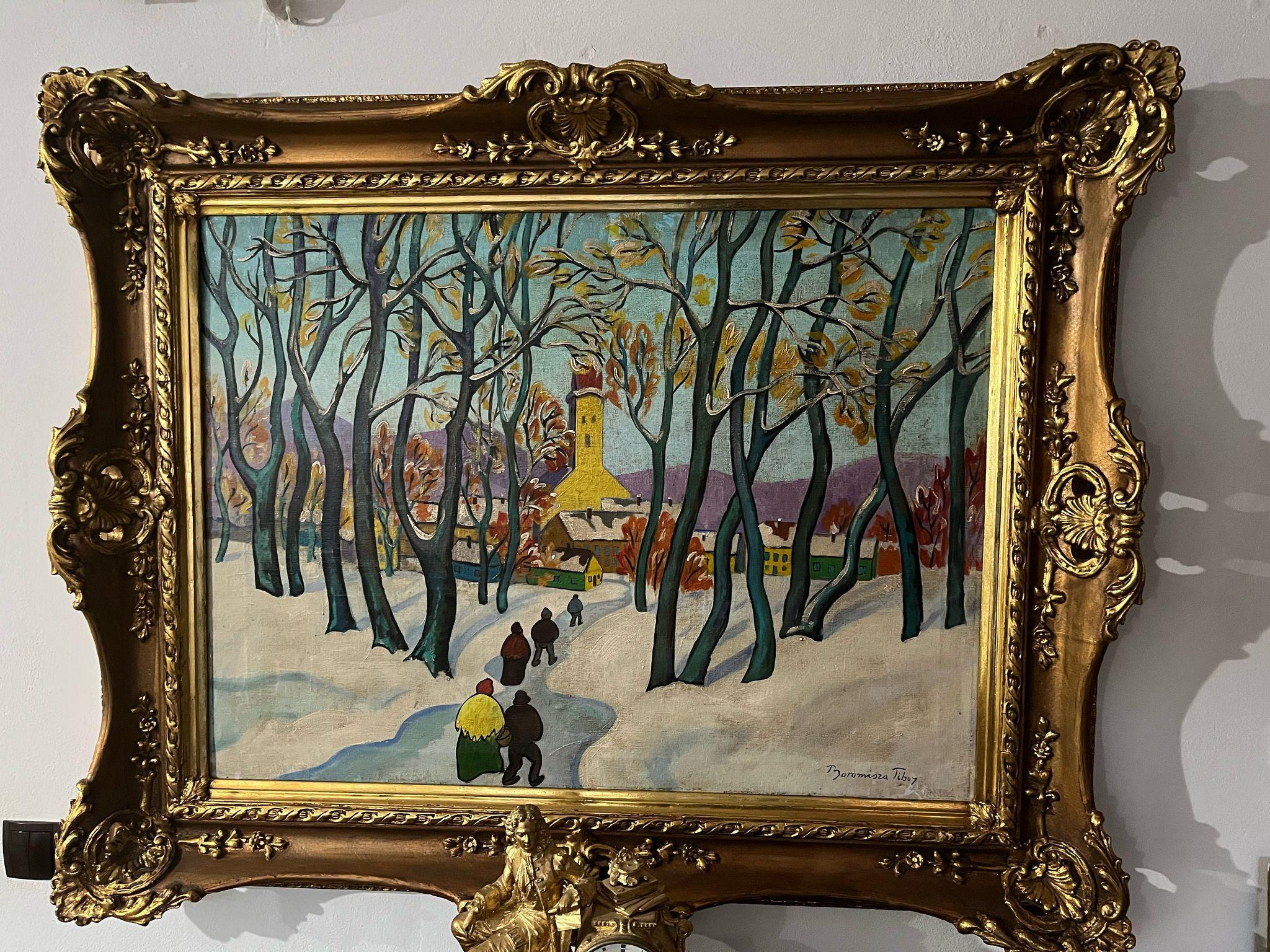Untitled (Winter Town Scene)
Tibor Boromisza
Starting bid
€ 1200
Description
Framed
141/112cm
About the artist
Tibor Boromisza (1880–1960) – A Modern Voice in Hungarian Painting
Born on March 8, 1880, in Bácsalmás (Hungary) and became one of the most distinctive representatives of early 20th-century Hungarian painting. His artistic path led him from local traditions to the heart of Europe’s modernist movements, shaping a body of work that blended post-impressionist color, neo-impressionist technique, and an unmistakable personal vision.
He began his formal training in 1902 at the private school of Károly Ferenczy in Budapest, and by 1904 he joined the renowned artist colony of Nagybánya (Baia Mare, Romania). This colony was a hub for plein-air painting and artistic reform in Central Europe. Further studies took him to Rome and later to Paris, where he attended the Académie Julian and worked in the studio of Colorassi. These encounters exposed him to European avant-garde currents, particularly post-impressionism and fauvism, which deeply influenced his palette and compositional choices.
Back in Nagybánya, Boromisza quickly emerged as a strong advocate of modernist reform within the colony. His bold use of vivid colors, simplified forms, and strong outlines reflected a departure from traditional plein-air naturalism. Tensions with more conservative members eventually led him to leave Nagybánya in 1914.
Relocating to Szatmárnémeti (today Satu Mare, Romania), Boromisza entered his mature period. Here he produced striking cityscapes, market scenes, and atmospheric urban landscapes. His works from this era often employed a distinctive pointillist touch, capturing light, weather, and the rhythm of everyday life with both precision and emotional depth. One of his signature themes was the poetic transformation of ordinary settings—markets under mystical light, snowy streets, or serene autumn mornings—into visual experiences that transcend time and place.
In his later years, Boromisza settled in Szentendre, a town known for its vibrant artistic community. He continued to paint actively until his death in 1960, leaving behind an extensive oeuvre that bridges tradition and modernity. Today, his former residence in Szentendre hosts a museum dedicated to his life and work.
Boromisza’s paintings are recognized not only for their technical innovation but also for their cultural resonance. They reflect a uniquely Hungarian perspective, yet remain firmly connected to broader European art movements. His canvases appear regularly at auctions, with works such as The Market of Satu Mare in Mystical Light (1916) and Spring at Baia Mare (1908) commanding the attention of collectors worldwide.
Tibor Boromisza stands as a key figure in introducing modern European artistic trends into Hungary and Romania’s cultural landscape. His legacy endures through vibrant colors, daring compositions, and a vision of art that connects the local with the universal.



